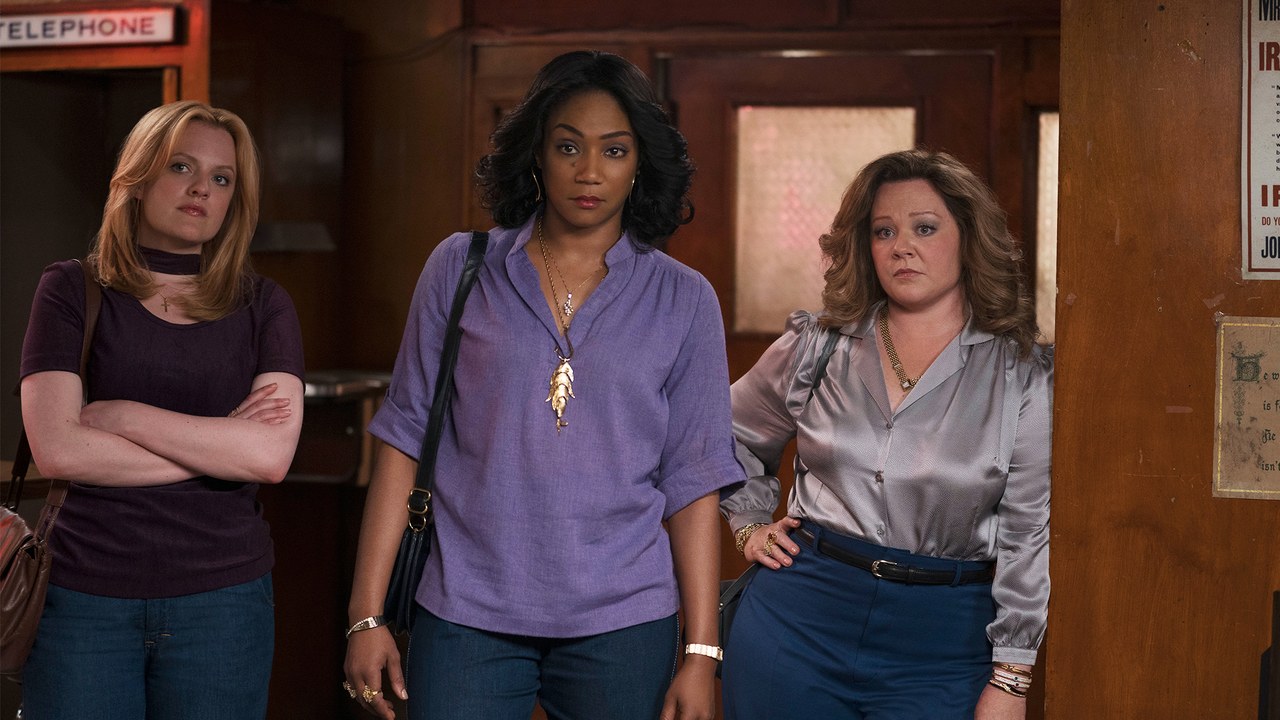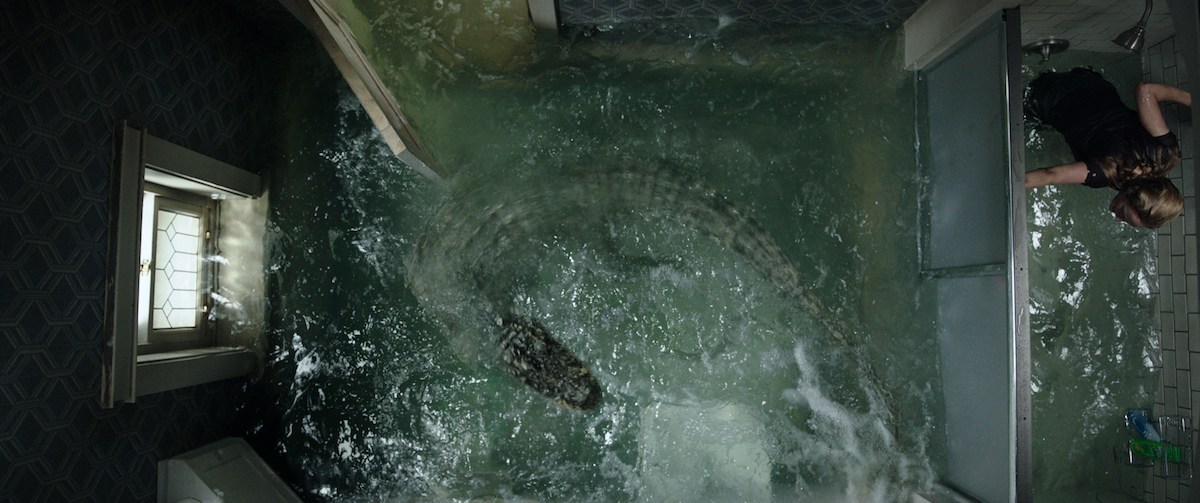WHERE'D YOU GO, BURNADETTE
Directing: B-
Acting: B+
Writing: B-
Cinematography: B+
Editing: B-
Every once in a while, it seems Richard Linklater gets inspired to take a step away from his indie cult movie roots and take a stab at Hollywood mediocrity. Sometimes his Hollywood offerings are actually pretty good, as in 2011’s Bernie or even 2017’s Last Flag Flying. Compared to the greatness of his earlier work, though, Where’d You Go, Burnadette has Linklater basically phoning it in. It’s only because his name is attached that the film does not get written off as basically forgettable.
It’s too bad, especially for fans of the runaway hit novel, by Maria Semple, on which it’s based. That goes double specifically for Seattleite fans of the novel, who appreciated Semple’s humor and satirical look at local culture in the Pacific Northwest, through the eyes of a transplant Los Angeles architect (here played, quite well, by Cate Blanchett) who rather dislikes the city. Only a little of that sentiment makes it through in the adaptation to motion picture, really confined to one ranting monologue by the title character.
Sometimes a sensibility just works in prose and doesn’t translate to the screen. And as always, a film should succeed on its own merits. Where’d You Go, Burnadette does’t exactly fail, it’s more like it coasts, gliding along with no real resonance.
That said, as a longtime Seattle resident, there are some frustratingly cliché things about the depiction of Seattle in this movie (which definitely were not part of the novel). As always, it rains way too much, and every time it’s raining, it’s raining too hard. Linklater and his two co-writers attempt to give themselves an out by having it mentioned that it’s “the wettest winter on record.” It’s still an inauthentic representation of Seattle weather, long an overused crutch in movies set in the Pacific Northwest.
On the upside, the performances elevate the material, at least a little bit. Cate Blanchett remains the consummate character actor, every bit as much as she is a movie star, slipping into true specificity as she channels Burnadette Fox. Billy Crudup is all exasperated bemusement as her husband, Elgie, deals with Burnadette’s erratic behaviors. Emma Nelson is lovely as their 15-year-old daughter, Bee. And Kristen Wiig is perfect as Burnadette’s snooty neighbor, at the end of her rope regarding the invasive blackberry bushes from Burnadette’s yard.
Lawrence Fishburne, Steve Zahn and Megan Mullally show up in much smaller parts as Burnadette’s past colleagues in the architecture profession, and although they all show up well for what they’re called on to do, it’s all brief enough that it kind of feels like wasted talent.
The story takes at least half the movie’s run time to get to this point, but Burnadette disappears out her bathroom window in the middle of an attempted intervention wrapped around her mental health. Before long, Elgie and Bee figure out she has left without them on what had been a planned family trip to Antarctica. How this trip got planned to begin with is a little oddly contrived, but whatever: Elgie and Bee go after her, spending a fair amount of time just behind her on other tourist vessels, and the action movies from Seattle to Antarctica. There was no filming at the bottom of the planet, but production did move to Greenland as the closest approximation, and if nothing else, it makes for some very pretty scenery to look at.
Beyond that, Where’d You Go, Burnadette doesn’t even try to be much of an actual mystery, and is more of a hang with these barely-odd characters, and it’s pleasant enough most of the time, when it’s not being ridiculously unrealistic, particularly regarding how Burnadette half-cons her way onto vessels in Antarctica that would be far more careful than this in the real world about unauthorized personnel. But, sure, I’m just nitpicking now. Still, there is a feeling of a great lot of unrealized potential here, a lack of electricity in the dialogue, a sense that there should be some kind excitement. No part of this story is exciting or electric; it is merely adequate at entertaining as long as the movie goes on. It’s fine but nothing special, when it clearly could have been something special.
She went to the Seattle Public Library, apparently. Mystery solved.
Overall: B-










